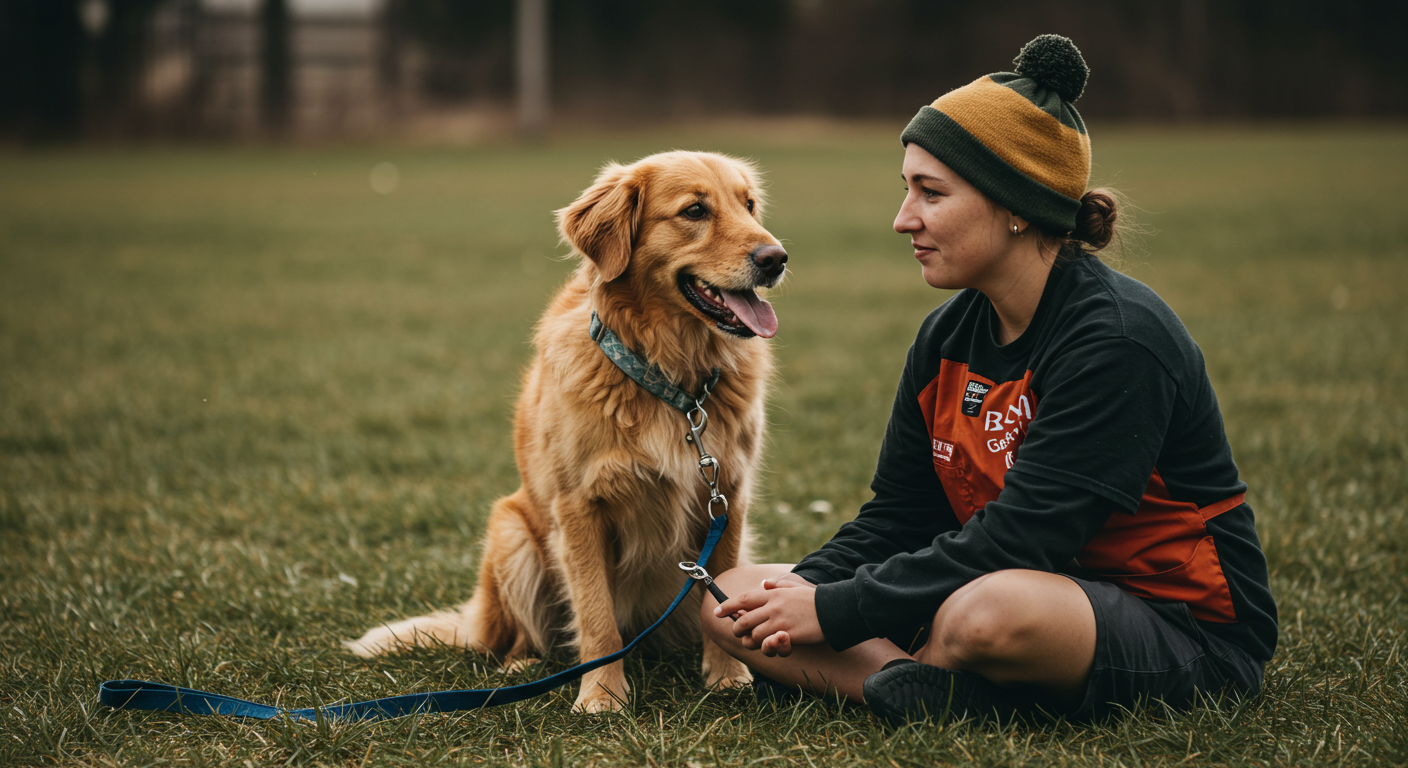Does your dog tuck their tail and hide at the sound of thunder over the marshes? Do they nervously retreat when meeting new people on King Street? Just like people, dogs can experience anxiety and fear, but the good news is that with patience and the right approach, you can help them become more confident and secure.
Building a confident dog means creating a partner that is resilient, curious, and able to handle the surprises of everyday life. For professional guidance on this journey, the experts at Charleston dog training specialize in techniques that empower both dogs and their owners.
Understanding the “Why” Behind the Fear
The first step is to understand what’s causing your dog’s anxiety. Common triggers include:
- Lack of Early Socialization: Puppies have a critical window for being gently exposed to the world.
- Traumatic Experiences: A single negative event can have a lasting impact.
- Genetic Predisposition: Some dogs are naturally more cautious.
- Unintentional Reinforcement: While it’s natural to comfort a scared dog, excessive coddling can sometimes reinforce the fearful behavior by teaching them there is something to be worried about.
By identifying the root cause, you can better tailor your approach to building their confidence.
Four Paws to Confidence: Practical Exercises to Try
1. Master the “Engage-Disengage” Game in the Lowcountry
This is a powerful yet simple game for building confidence around triggers like other dogs, loud noises, or unfamiliar objects. The goal is to change your dog’s emotional response.
- How it Works: While on a relaxed walk, at the first sign of your dog noticing a trigger (like a person across the street), calmly mark the moment they look at it with a quiet “Yes!” or a clicker. Then immediately give them a high-value treat before they react fearfully. The sequence is: See trigger → look back at you → get a reward. You are not asking for a “sit” or any other behavior—just a simple glance.
- Charleston Application: Practice this on a quiet stretch of the Battery or in Hampton Park at a distance that keeps your dog under threshold. The moment they notice a jogger or a cyclist in the distance and then look at you, reward them. You’re teaching them that the presence of something scary predicts something wonderful, like a piece of boiled chicken.
2. Introduce “Paw-Sitive” Problem Solving
Confidence grows from success. Mental stimulation through problem-solving games is a fantastic way to build your dog’s sense of accomplishment.
- How it Works: Use puzzle toys where your dog has to slide compartments or lift flaps to find treats. You can also create simple games at home, like hiding treats under a cup and letting them figure out how to get it.
- Charleston Application: On a rainy Charleston afternoon, set up a mini obstacle course in your living room using couch cushions and chairs. Guide your dog through it, rewarding them for each successful step. This engages their brain and shows them they can tackle new challenges.
3. Build a “Touch” Cue for Security
Teaching a reliable “touch” command (where your dog touches their nose to your hand on cue) gives them a clear, safe job to do in any situation, which can be incredibly grounding for an anxious mind.
- How it Works: Present your flat palm a few inches from your dog’s nose. The moment their nose touches your hand, mark it with a “Yes!” and give a treat. Soon, you can add the verbal cue “Touch!” This becomes a default behavior you can ask for to redirect their focus from something scary back to you.
- Charleston Application: If your dog gets spooked by a sudden noise downtown, you can immediately ask for a “touch.” This shifts their focus from the fear trigger to a simple, familiar task they know how to perform, building their confidence in managing stressful environments.
4. Create “Choice-Based” Opportunities
Fear often stems from a feeling of helplessness. Giving your dog opportunities to make their own choices in a safe context can be incredibly empowering.
- How it Works: Let your dog sniff and choose which path to take for a portion of your walk. Use a “consent” approach to petting—gently pet them for a moment, then pause. If they lean in or nudge your hand for more, continue. If they move away, respect that choice.
- Charleston Application: During a walk at James Island County Park, put your dog on a long line in a safe area and let them lead the way for a few minutes. Allowing them to explore their environment at their own pace builds trust in their own decisions.
Your Partner in Building a Confident Canine
Helping a fearful dog requires immense patience, and progress can sometimes feel slow. If you feel overwhelmed or your dog’s anxiety is severe, seeking professional support is a powerful and compassionate next step.
A certified trainer can provide a customized behavior modification plan tailored to your dog’s specific needs. If you’re in the Charleston area, consider reaching out to Activate Canine Dog Training for a professional consultation to help your dog become the confident, happy companion they are meant to be.
